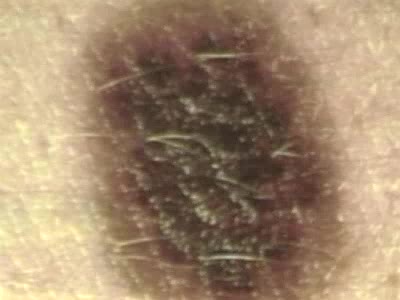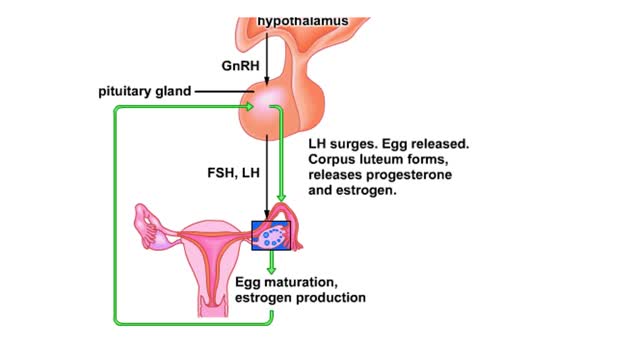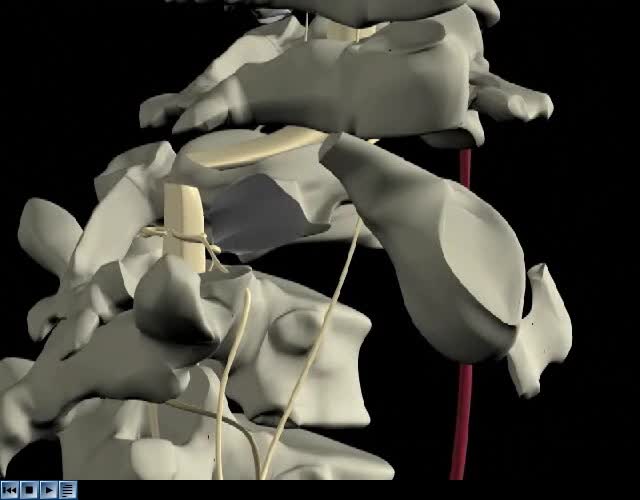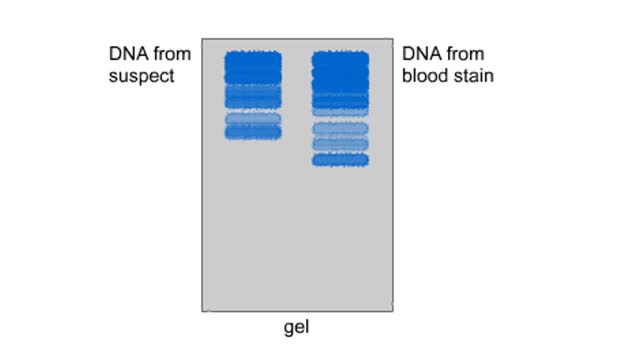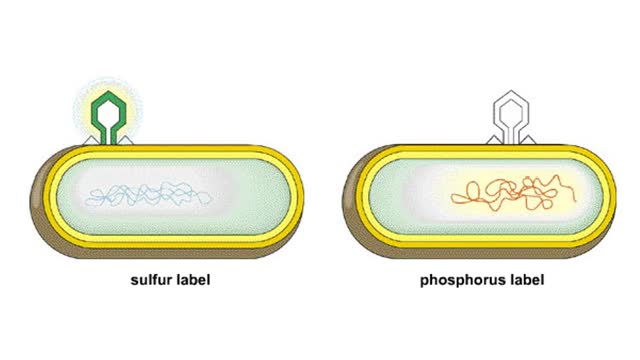Search Results
Results for: 'Plant Cell Animation'
By: Administrator, Views: 14107
Basal cell carcinomas (BCC) account for 80 percent of the skin cancers seen in the older adult. These cancers are generally slow growing but should be surgically removed as soon as possible.
Hormones and the menstrual cycle Animation
By: HWC, Views: 8089
Feedback loops to the hypothalamus and pituitary gland from the ovaries during the menstrual cycle Animation for a step-by-step explanation. Production of a releasing hormone (GnRH) by the hypothalamus prods the pituitary's anterior lobe to release FSH and LH. In the ovary, FSH and LH stimula...
Homologous chromosomes during prophase I - Animation
By: HWC, Views: 9004
The chromosomes were duplicated during interphase and the sister chromatids are now in thin threadlike form. Each chromosome becomes zippered to its homologue, so that all four chromatids are closely aligned. The chromosomes are tightly aligned, but we will show them as separate so that y...
Stomach peristalsis & Enterogastric reflex
By: HWC, Views: 10449
• Food enters, distending the stomach. • Stretch receptors activate enteric reflexes that promote peristaltic movements. • These movements, called mixing waves, begin to mix the food with stomach secretions. • Mixing waves force the digesting food (chyme) toward and through the pylo...
By: Administrator, Views: 14625
There are several types of neurons, three of which are: Motor neurons, Sensory neurons, Interneurons. The nervous system is usually described as having two interconnected divisions: the central nervous system (CNS) and the peripheral nervous system (PNS). CNS: Includes the brain and spinal...
Second Messengers in the Inositol-lipid Signaling Pathway
By: HWC, Views: 10192
Extracellular signals produce specific responses in target cells through the action of intracellular second messengers. Here, we focus on three second messengers, IP3, DAG, and Ca2+, all involved in the inositol-lipid signaling pathway. A hormone-receptor signal on the cell surface leads to the a...
By: Administrator, Views: 14288
The most common cause of spinal cord injury is trauma. Spinal cord injury is most common in young, white men. Spinal cord injury can be either complete or incomplete. In complete injuries there is no function below the level of injury. In incomplete injuries there is some function remaining...
By: HWC, Views: 7880
DNA fingerprinting enables a scientist to compare the DNA from two biological samples, such as a blood stain and a suspect's blood. A restriction enzyme is added to the samples to be compared. The enzyme cuts the DNA into smaller fragments. The DNA fragments are placed on an electrophor...
By: HWC, Views: 8188
Hershey and Chase knew that T4 bacteriophages consist of proteins and DNA. They asked which viral component must enter a bacterial cell to infect it: DNA or protein? They grew viruses with either radioactive sulfur, which labels the viral protein, or radioactive phosphorus, which labels DNA. ...
Advertisement



